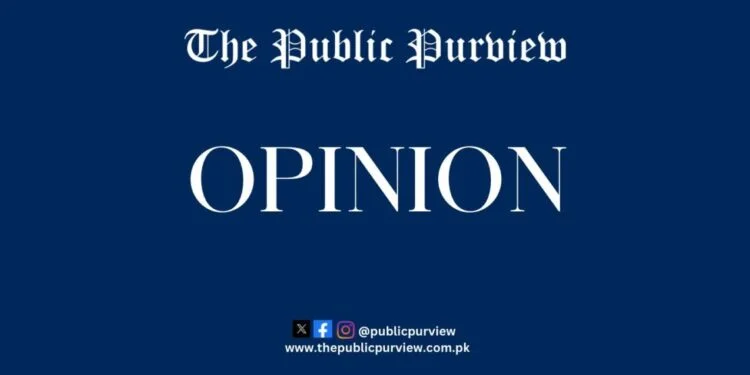Arslan Rashid
Pakistan is a country with around 250 million population out of which approximately 10 million are active users of smartphones. Hence, they are consuming some form of digital media content daily. From Insta reels to YouTube podcasts people in Pakistan are developing an appetite for digital content. One may understand it as part of digital media evolution. Still, the landscape is characterized by a constantly changing environment which posits new challenges for the content creators who need to devise and plan new kinds of strategies to cater to their digital audiences.
Talking about the digital news media and journalism in Pakistan it is mostly YouTube that is being favored by serious professional journalism. The problem with YouTube journalism is that it is mostly dominated by two kinds, one who are professional journalists associated with some traditional legacy media house, while the other being novice YouTubers who are learning journalism and YouTube side by side. There are people doing great work from both camps, but they are faced with huge challenges equally.
The first challenge relates to credibility and trust in digital news media content. Due to a lack of gatekeeping, accountability, and lack of editorial decision-making YouTube journalism is marred with sensational click bate thumbnails which is giving rise to a new wave of digital media malaise infusing media cynicism among the viewers who have started to lose trust in the digital media ability to be a legitimate source of information.
Another issue to be addressed is the lack of understanding of the digital news media revenue models in Pakistan. Most of the traditional media conglomerates that have ventured into the digital side have to rely on subsidizing this industry through other means. YouTube is an exception in Pakistan as it pays a handsome amount to the content creators, but it requires a different kind of strategy especially for newcomers in the field of journalism and news media industry. Since YouTube is primarily a video-based platform it not only requires a specific understanding and knowledge of video production skills but also one may need to have access to good-quality equipment to make those quality videos stand out from the competition.
Another challenge that seems to be facing Pakistani digital media creators is the dearth of original and interesting content that is specifically created for the digital. What is happening is that traditional media conglomerates, even with all their resources, are mostly engaged in re-packaging their traditional media content on their digital platforms. Their audiences are basically consuming the same content as mainstream television but on their mobile devices. If the future of digital media in Pakistan needs to thrive then a completely new digital mindset is needed for planning content that works for the future generations who have plenty of options to choose from.
There needs to be a complete ecosystem of digital media companies in Pakistan for its potential to survive in the future. In the current scenario, this ecosystem is being destroyed by YouTube journalists with their lack of understanding of digital and journalistic ethics. The kind of news content that is being produced in Pakistan on YouTube attracts a specific type of audience which fails to lure international advertisers to their channels which in turn means low revenue for the creators. So, to build that ecosystem of digital news media companies, more people need to come on this side, especially those trained to run digital video-based media startups which will enhance the overall experience of the viewers and attract more and more high-paying advertisers.
Lastly, there is a dearth of trained professionals which needs to be addressed ultimately. Media Institutes at the university level also need to play their part in bridging the gap between industry and academia to build potential in future content creators. Schools can introduce media as a subject and focus on enhancing the various skills related to the video production process This could only be achieved by a combined effort of all to secure the future of the digital media industry in Pakistan. Digital media literacy programs could be introduced at different levels to educate and aware people of safely surfing the internet and especially social media platforms while searching for information. This will eventually discourage the perpetrators of fake and manipulative content creators as audiences gain knowledge about digital content, they will be better able to discern right from wrong. This will not only help in developing a taste for good quality content in our audience but will also ensure the future of digital media and journalism in Pakistan.





















